There’s not much to say about the setup process as it’s quite straightforward, as one might hope for a simple device such as this.
We used a gigabit Ethernet cable to connect a computer to the RP-AC56 for configuration, logging in via a browser to the default 192.168.1.1 address.
No username or password is required. Instead you get a list of both 2.4GHz and 5GHz wireless networks within range, indicated with larger, user-friendly lettering. You can manually add a hidden wireless network if you want.
Select a network and you just need to enter the network’s key, then click Connect.
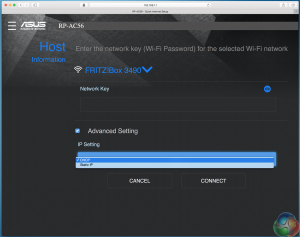
The advanced setting is just a static IP or DHCP selection, with no other options available.
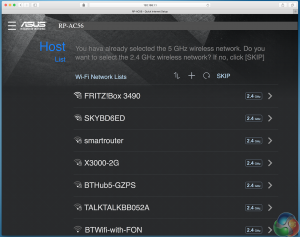
As we began with 5GHz, the software prompted us to choose an additional 2.4GHz network as well, with connection in the same way.

Before finishing the setup process you get a summary of the connection settings.
Notably, the RP-AC56 does not behave like a bridge, which extends a network but remains invisible to the user, but it instead creates a second network SSID with ‘_RPT’ appended to the end of the name, so you’ll always know when you’re connected to the extender and when you’re connected to your router. All the same settings are forwarded between the router and the extender, and your computer’s IP address comes from the DHCP server in the router.
In use, we were able to use network services on computers connected to the main router (such as browsing shared folders) just as easily when connected to the extender, proving all settings were indeed forwarded.

There’s more. If you type the IP address of the RP-AC56 into a web browser after initial setup you’ll see an interface with more advanced settings, which looks just like that the one used in Asus’ full-sized routers.
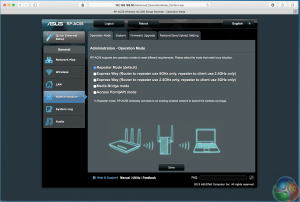
Here, you can turn the RP-AC56 enable a wireless access point, media bridge or adjust the extender configuration.
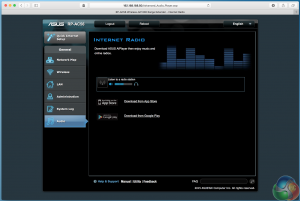
You can play internet radio directly from attached speakers.
 KitGuru KitGuru.net – Tech News | Hardware News | Hardware Reviews | IOS | Mobile | Gaming | Graphics Cards
KitGuru KitGuru.net – Tech News | Hardware News | Hardware Reviews | IOS | Mobile | Gaming | Graphics Cards


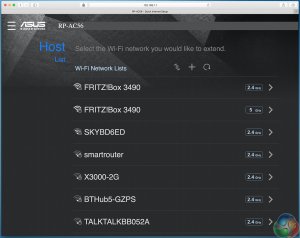

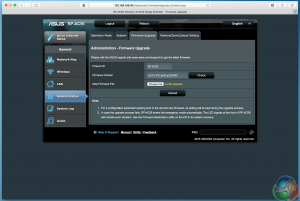

Do you have to connect it via Ethernet? Or can you connect it via WiFi then have it extend that same WiFi?